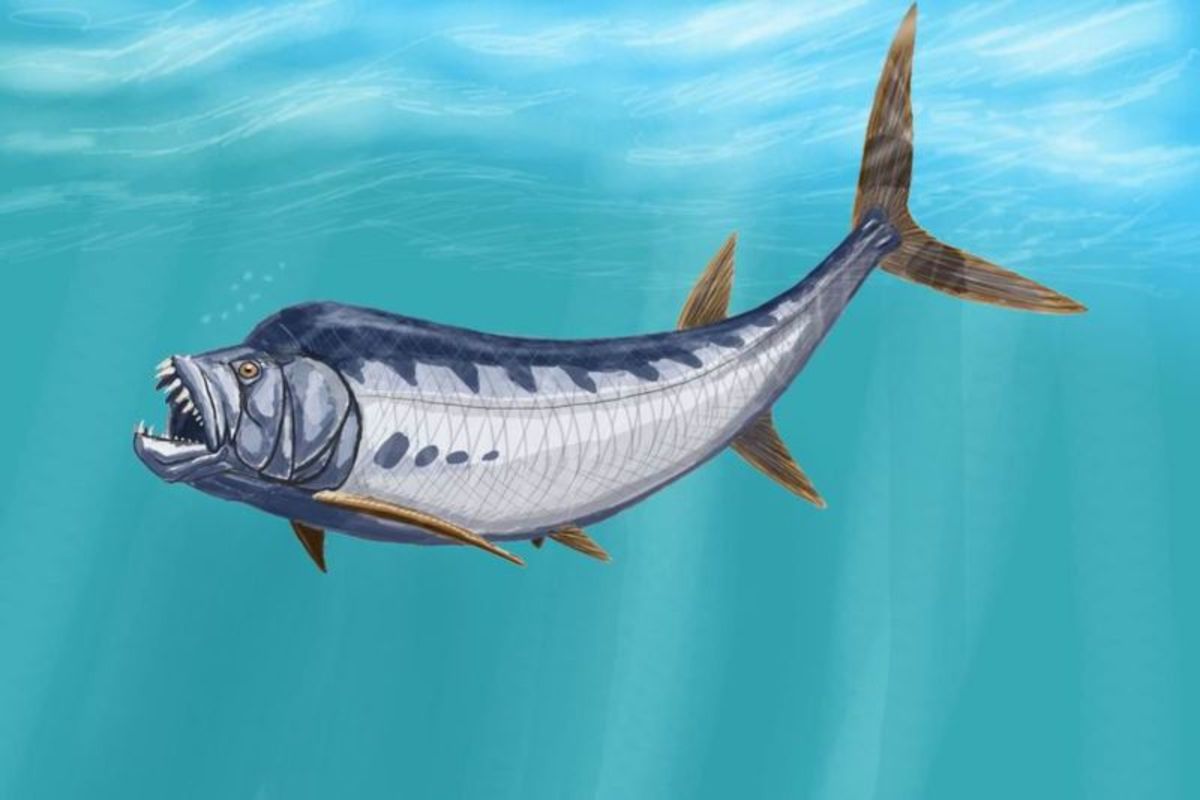

This created the passive continental margin that characterizes most of the Atlantic coastline (such as along the U.S. Pangea gradually split into a northern continent, Laurasia, and a southern continent, Gondwana. Nevertheless, the era featured the dramatic rifting of the supercontinent Pangea. Approximately 50% of all genera became extinct, including all of the non-avian dinosaurs.Īfter the vigorous convergent plate mountain-building of the late Paleozoic, Mesozoic tectonic deformation was comparatively mild. The upper (Cretaceous) boundary is set at the Cretaceous-Tertiary (KPg) extinction, which may have been caused by the meteor that created the Chicxulub Crater on the Yucatán Peninsula. It is also known as the "Great Dying" because it is considered the largest mass extinction in history. The lower (Triassic) boundary is set by the P-T extinction event, during which approximately 90% of marine species and 70% of terrestrial vertebrates became extinct. This time frame is separated into three geologic Periods. By the end of the era, the basis of modern life was in place.įollowing the Paleozoic, the Mesozoic extended roughly 180 million years: from 251 million years ago (Mya) to when the Cenozoic era began 65 Mya. The climate was exceptionally warm throughout the period, also playing an important role in the evolution and diversification of new animal species. The continents gradually shifted from a state of connectedness into their present configuration, this rifting providing for speciation and other important evolutionary developments. The Mesozoic was a time of tectonic, climatic and evolutionary activity. It is often called the 'Age of Medieval Life' or the 'Age of the Dinosaurs', after the dominant fauna of the era. Lying between the Paleozoic and the Cenozoic, Mesozoic means 'middle animals', derived from Greek prefix meso-/μεσο- for 'between' and zoon/ζωον meaning animal or 'living being'.

The division of time into eras dates back to Giovanni Arduino, in the 18th century, although his original name for the era now called the 'Mesozoic' was 'Secondary' (making the modern era the ' Tertiary'). The Mesozoic Era is one of three geologic eras of the Phanerozoic eon.


 0 kommentar(er)
0 kommentar(er)
